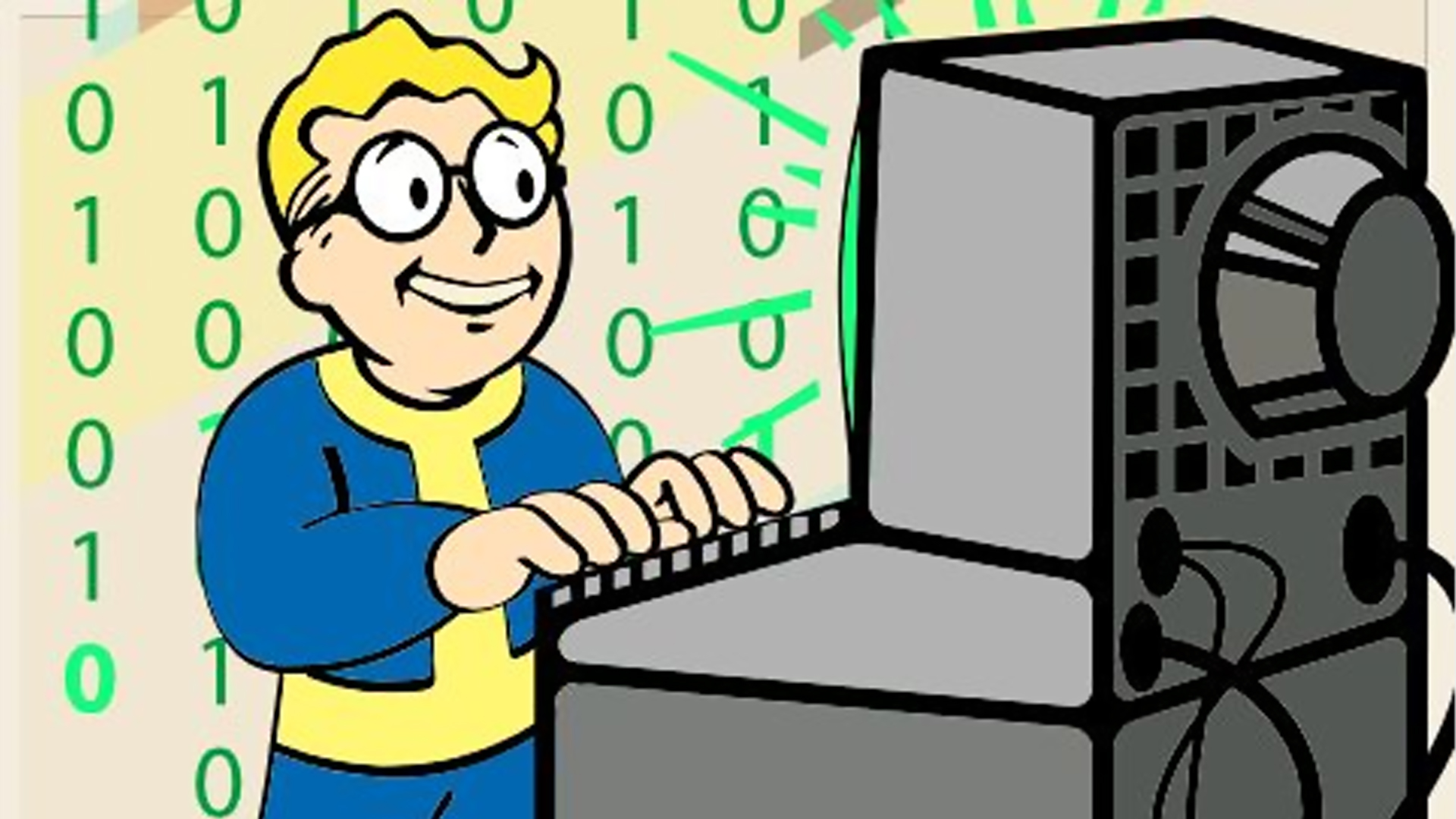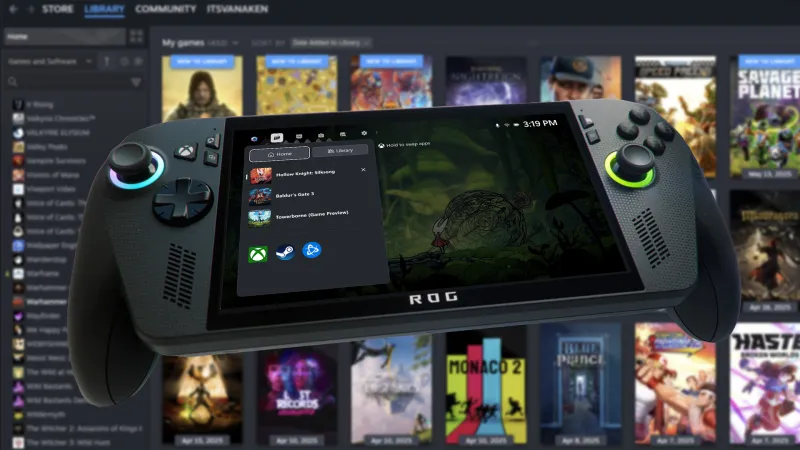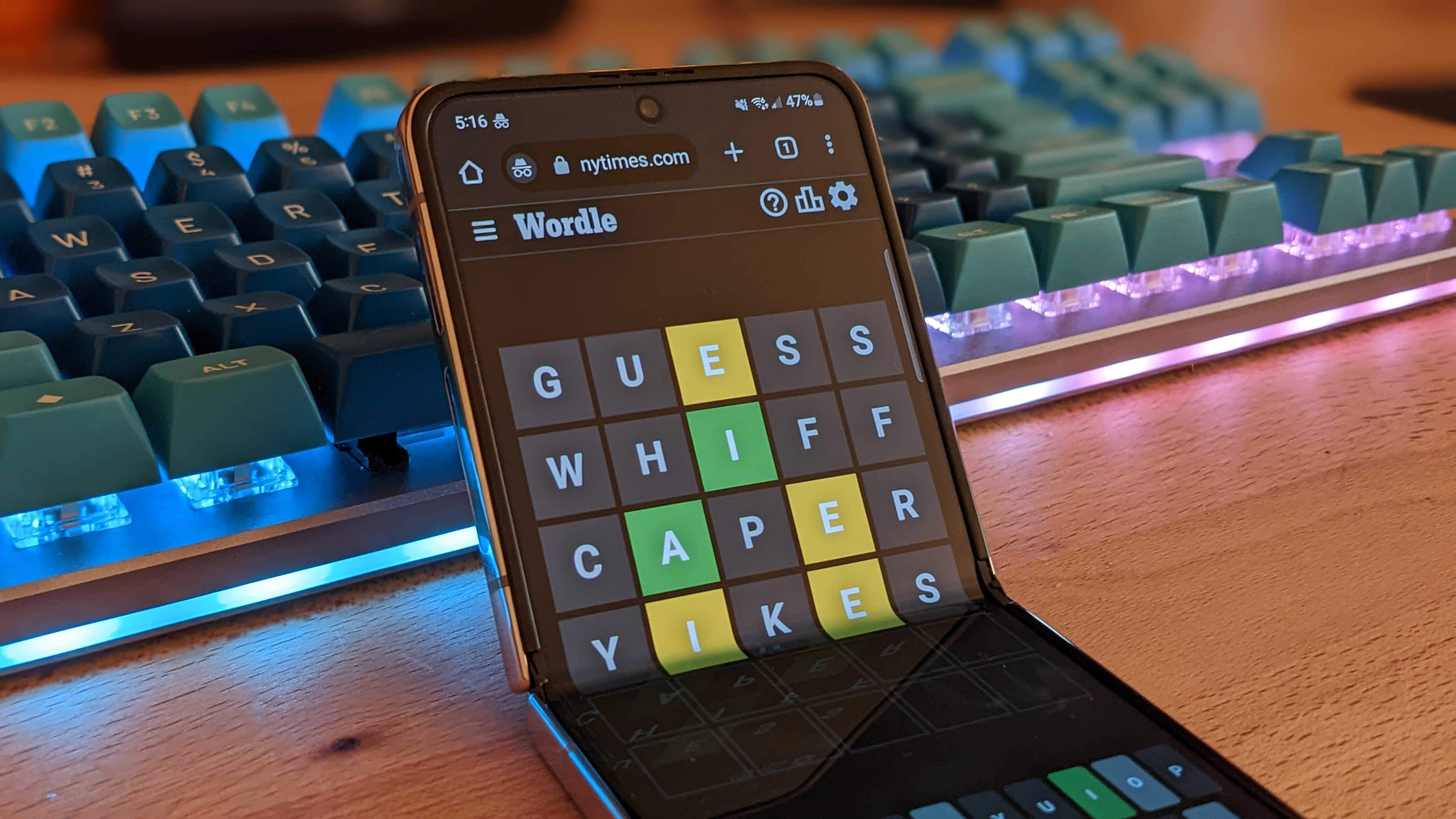
When FromSoftware announced Armored Core VI at last week’s Game Awards, the top comment in the dedicated subreddit’s announcement thread read simply, “May this subreddit rightfully grow from obscurity.”
Always a cult series at best, Armored Core was further overshadowed by the rise of the so-called Soulsborne genre, which propelled FromSoftware from obscurity to one of the top studios in the world. But Armored Core has been a around a long time — far longer than Demon’s Souls or Dark Souls. During its heyday on the PlayStation and PlayStation 2, it earned a cult audience with its strong designs; deep array of parts, and intense split-screen combat. The last Armored Core — an ambitious online game that pit squads of players against one another on a large multiplayer map — was released in 2012.
With the Soulsborne sub-genre becoming such a dominant part of FromSoftware’s brand, it’s easy to wonder whether Armored Core will follow suit. Will it be Sekiro with giant robots? Will it take place over a large open world? Right now, the answer to both of those questions seems to be “no,” though there is some nuance to that comparison.
“No, we’ve not been making a conscious effort to try to direct it towards more Soulsborne-type gameplay,” says FromSoftware president Hidetaka Miyazaki, who provided the concept for the game. “The essential direction of [Armored Core VI] was to go back and take a good look at the core concept of Armored Core and what made that series special. So we wanted to take the assembly aspect, assembling and customizing your own mech — your AC — and then being able to exact a high level of control over the assembled mech. So we wanted to take those two core concepts and reexamine those in our modern environment. “
In practical terms, that means retaining many of the elements that have defined the series through the years — features like its granular mecha customization and its one-versus-one arena mode. Its most readily available “Soulsborne” elements are apt to be its powerful bosses — a FromSoftware staple — and its dark setting, the latter of which was already a big part of Armored Core’s identity.
It also features a posture system of sorts, which director Masaru Yamamura — a veteran of Dark Souls and Sekiro: Shadows Dies Twice — says works by “continuing to attack even the strongest enemy, the force of impact can break the enemy’s posture and inflict a large amount of damage.” Think of it as something like holding up a shield and absorbing damage until you’re forced to relent.
Where Armored Core stands apart is in its focus on ranged weapons over swords and melee weapons. Yamamura acknowledges as much in our interview, though he also points out that Armored Core features some “nice melee options.”
No, we’ve not been making a conscious effort to try to direct it towards more Soulsborne-type gameplay
Both Yamamura and Miyazaki resist simple comparisons to Souslborne games. Miyazaki is firm in saying that customization is its main focus, and Yamamura says there are “no elements directly referring to Sekiro.” Nowhere is that more evident than the decision to go with a mission-based design, which connects it directly to its predecessors, versus the more open structure of Elden Ring and its ilk.
“We felt that the mission-based structure was a benefit for this because it allows you to choose and customize before each sortie. At the very least, the tempo — the pace at which the player is able to move across the world and traverse the map…this is a very big aspect in how you approach this design,” Miyazaki says. “I think one of the big appeal points of the previous Armored Core games is having this freedom to choose how you’re going to move across the map and how your choices are going to affect your mobility and your ability once you’re actually in the level. This is the format we wanted to choose this time, and this is where we wanted to put our focus.”
Miyazaki, of course, got his start with the Armored Core series before eventually going on to direct Demon’s Souls, so he knows its better than most. Armored Core’s main opportunity may lie in utilizing FromSoftware’s enchanced resources to produce a graphically ambitious experience. Miyazaki himself admits that he’s “jealous” of the team today who gets to make Armored Core VI.
“I wish we had that sort of leverage back in the day,” he says somewhat wistfully.
Yamamura, meanwhile, talks at length about what FromSoftware can accomplish with Armored Core VI’s enhanced graphics.
“Obviously, the mecha theme of Armored Core VI means we are portraying these enormous hunks of steel, and we’re supposed to imagine how these things would move and how they’d be put together, the various joints, how these all sort of move in conjunction with one another and how we make this look cool — in a gameplay sense as well,” Yamamura says. “So this is something that we’re able to apply resources to. Obviously, the metallic texturing of these things and the sound design as well. We’re able to use foley to get some realistic sounds to apply to these mechs. There are a lot of areas that we’re able to apply these resources and modern thinking as well.
That may be the crux of what’s driving FromSoftware to make Armored Core VI. It may have found untold riches in making games like Elden Ring, but it hasn’t forgotten its beginnings. Pending the first full gameplay reveal, Armored Core seems to be fully set on being…well…an Armored Core game, with all that entails. It’s even keeping the number despite having a new story.
“Armored Core is the reason anyone reading this tweet got to play Dark Souls,” developer Doc Burford wrote shortly after its reveal. This is the post-boodborne [sic] From finally returning to their best series.”
Armored Core 6 is currently slated to release in 2023. You can read about everything else that was announced at The Game Awards here.
Kat Bailey is a Senior News Editor at IGN as well as co-host of Nintendo Voice Chat. Have a tip? Send her a DM at @the_katbot.






